A team of researchers have found a shared penchant for sewing reflective shell beds onto clothing and other items across three Indonesian islands that dates back to at least 12,000 years ago.
Tag: Shellfish
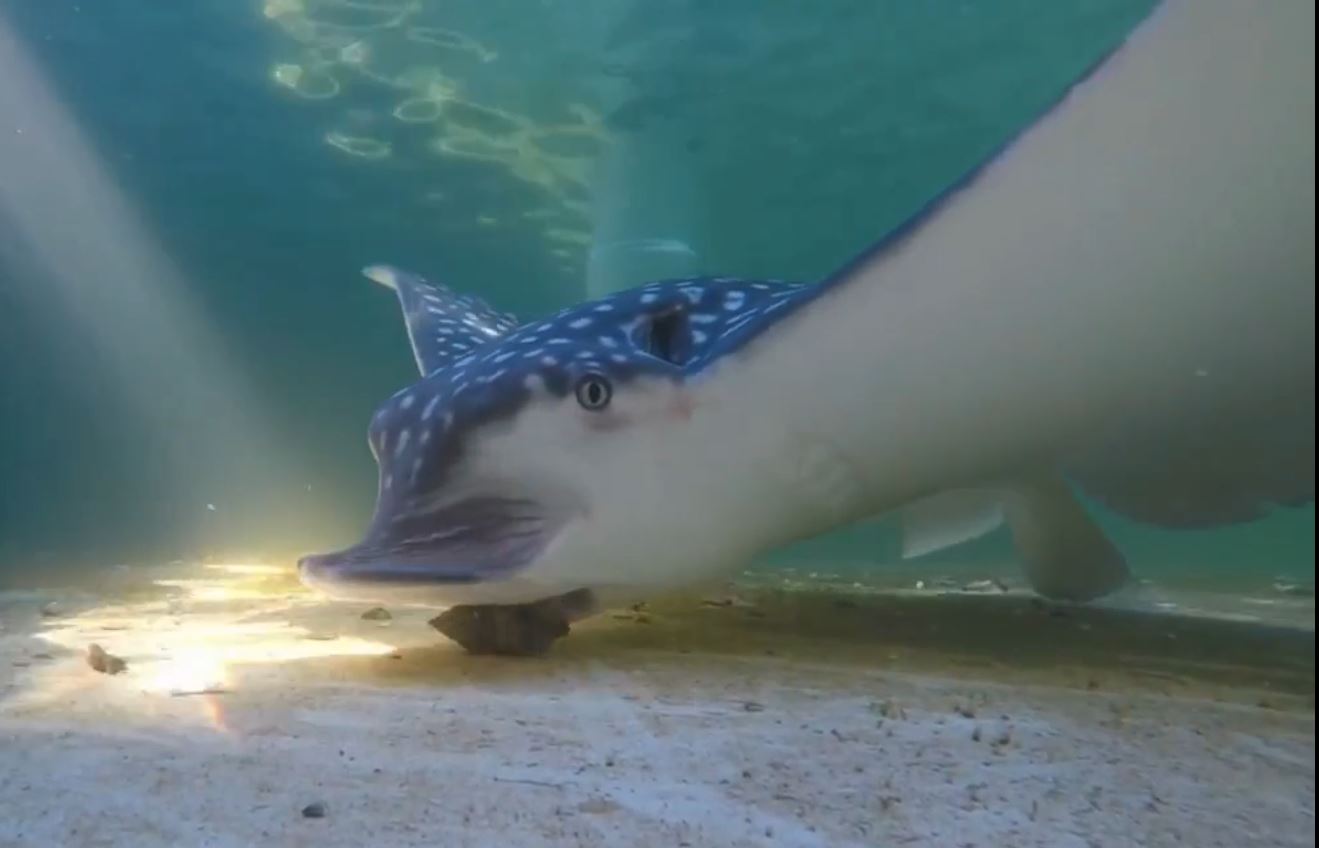
DNA Decodes the Dining Preferences of the Shell-Shucking Whitespotted Eagle Ray
With mighty jaws and plate-like teeth, the globally endangered whitespotted eagle ray can pretty much crunch on anything. Yet, little information is available on critical components of their life history in the U.S., such as their diet.
Previously Overlooked Algae Toxin Widespread in Southern Indian River Lagoon
Pseudo-nitzschia spp., an algae that produces the neurotoxin domoic acid, can bioaccumulate within food webs causing harm to humans and animals. A molecular study of Florida’s Indian River Lagoon shows this algae was present in 87 percent of the water samples collected. All isolates showed toxicity, and domoic acid was found in 47 percent of surface water samples. As a nursery for many organisms that supports a high amount of biodiversity, the presence of domoic acid could negatively impact the lagoon system.
Does Current Shellfish Anti-predator Gear Curb ‘Crunching’ Rays?
It’s not just humans who enjoy eating shellfish, so do marine rays. They like to “crunch” on clams, which can sometimes take a big bite out of clammers’ profits. Using aerial and underwater videos, researchers assessed the ability of the whitespotted eagle ray to interact with clams housed within a variety anti-predator materials. Whitespotted eagle rays have strong jaws, plate-like teeth and nimble pectoral fins, which make them formidable and highly maneuverable predators of clams.
Climate Change Double Whammy Causes Unexpected Effects in Pacific Mussels
Comparative physiologists studied how two aspects of climate change—warming temperatures and increasingly acidic waters—may affect the ecologically important Pacific blue mussel (Mytilus trossulus), a foundational species in the intertidal environments of the northern Pacific Ocean.
New study: 2021 heat wave created ‘perfect storm’ for shellfish die-off
A team led by the University of Washington has compiled and analyzed hundreds of these field observations to produce the first comprehensive report of the impacts of the 2021 heat wave on shellfish.
Matt Ajemian, Ph.D., Receives Prestigious NSF CAREER Award
Matt Ajemian, Ph.D., has received a $1,103,081 NSF CAREER grant for a project that will build fundamental knowledge on where and when large shell-crushing predators feed in order to ensure a sustainable future for shellfish species. Further, the work can provide guidance to shellfish restoration programs that are currently “flying blind” with respect to predation risk.
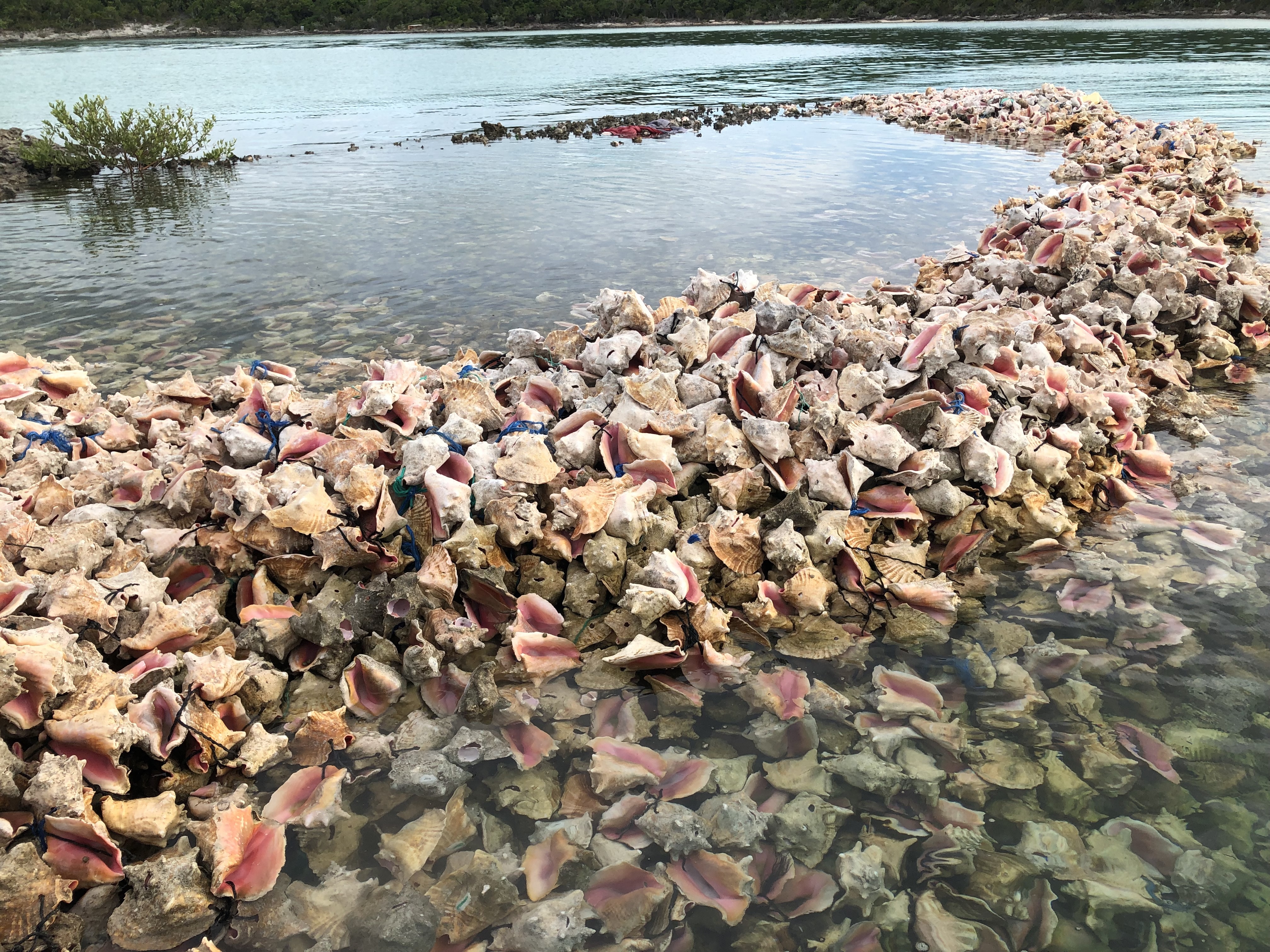
‘Hail to the Queen’ – Saving the Caribbean Queen Conch
Second only to the spiny lobster, the queen conch is a prized delicacy long harvested for food and is revered for its beautiful shell. Conch populations have dwindled so low, creating a dire and urgent situation in ecological and economic terms. To preserve this most significant molluscan fishery in the Caribbean, the world’s leading expert on queen conch aquaculture has published an 80-page, step-by-step user manual that provides complete illustrations and photos of how to culture and restore the queen conch.
Rutgers-Led Project Will Buy 76,000 Oysters From Farmers Struggling During COVID-19 Pandemic
New Brunswick, N.J. (Sept. 10, 2020) – A Rutgers-led project will buy 76,000 oysters from New Jersey oyster farmers who are struggling to sell the shellfish following the shutdown of restaurants and indoor dining as a result of the COVID-19…
“Wrong-Way” Migrations Stop Shellfish From Escaping Ocean Warming
Ocean warming is paradoxically driving bottom-dwelling invertebrates – including sea scallops, blue mussels, surfclams and quahogs that are valuable to the shellfish industry – into warmer waters and threatening their survival, a Rutgers-led study shows.
In a new study published in the journal Nature Climate Change, researchers identify a cause for the “wrong-way” species migrations: warming-induced changes to their spawning times, resulting in the earlier release of larvae that would then be pushed into warmer waters by ocean currents.

ESF Receives NSF Grant to Explores Methylmercury
Researchers at the SUNY College of Environmental Science and Forestry (ESF) and Syracuse University (SU) will use a $500,000 grant from the National Science Foundation to deepen our knowledge of the dangers of methylmercury, a toxic substance believed to be one of the most poisonous among the mercury compounds.
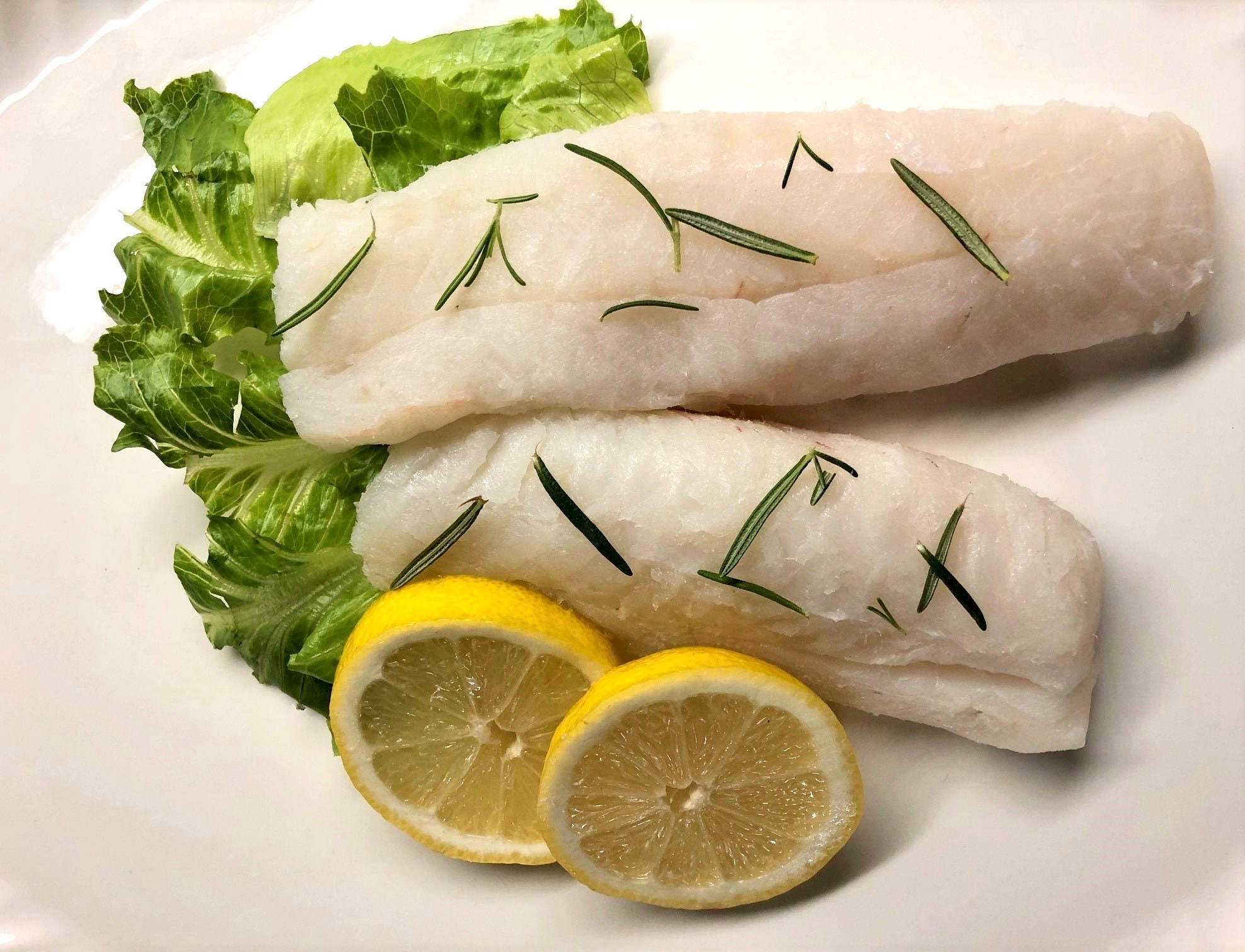
Seafood Products Made From Cells Should be Labeled Cell-Based
Companies seeking to commercialize seafood products made from the cells of fish or shellfish should use the term “cell-based” on product labels, according to a Rutgers study – the first of its kind – in the Journal of Food Science. Both the U.S. Food and Drug Administration and U.S. Department of Agriculture require food products to have a “common or usual name” on their labels so consumers can make informed choices about what they’re purchasing.
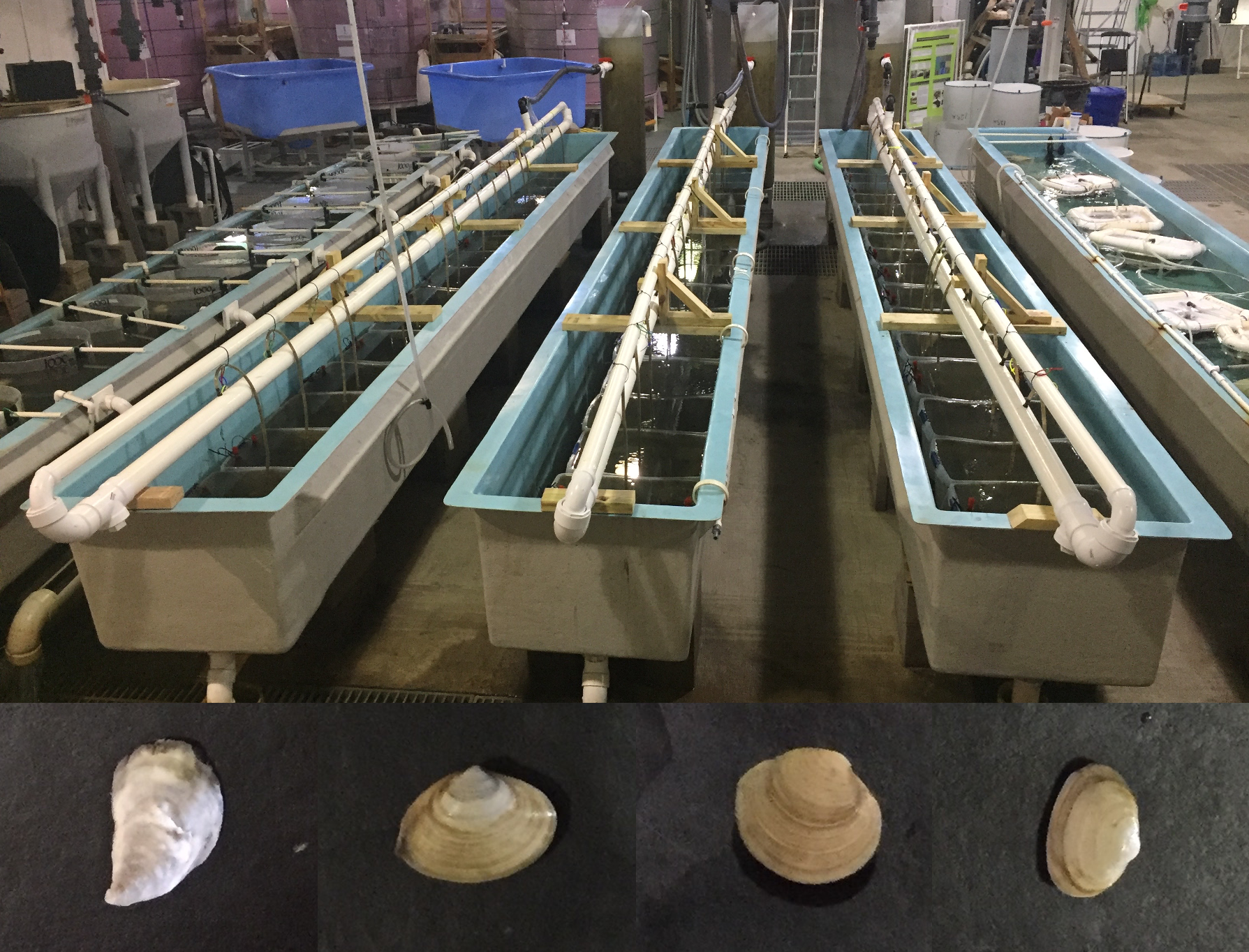
Oysters and Clams Can be Farmed Together
Eastern oysters and three species of clams can be farmed together and flourish, potentially boosting profits of shellfish growers, according to a Rutgers University–New Brunswick study. Though diverse groups of species often outperform single-species groups, most bivalve farms in the United States and around the world grow their crops as monocultures, notes the study in the journal Marine Ecology Progress Series.
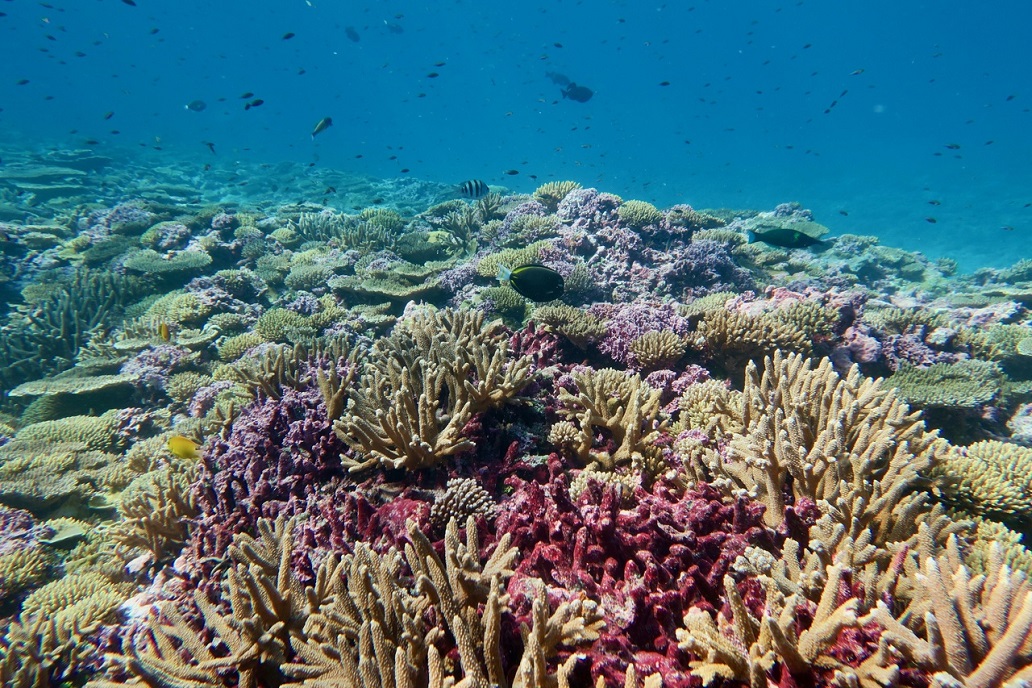
Global Cooling After Nuclear War Would Harm Ocean Life
A nuclear war that cooled Earth could worsen the impact of ocean acidification on corals, clams, oysters and other marine life with shells or skeletons, according to the first study of its kind.
Rutgers Expert Can Discuss Proposed High Seas Biodiversity Treaty
New Brunswick, N.J. (Oct. 16, 2019) – Rutgers University environmental law expert Cymie R. Payne is available to comment on a proposed international treaty aimed at conserving high seas biodiversity. The treaty, which is under negotiations at the United Nations,…